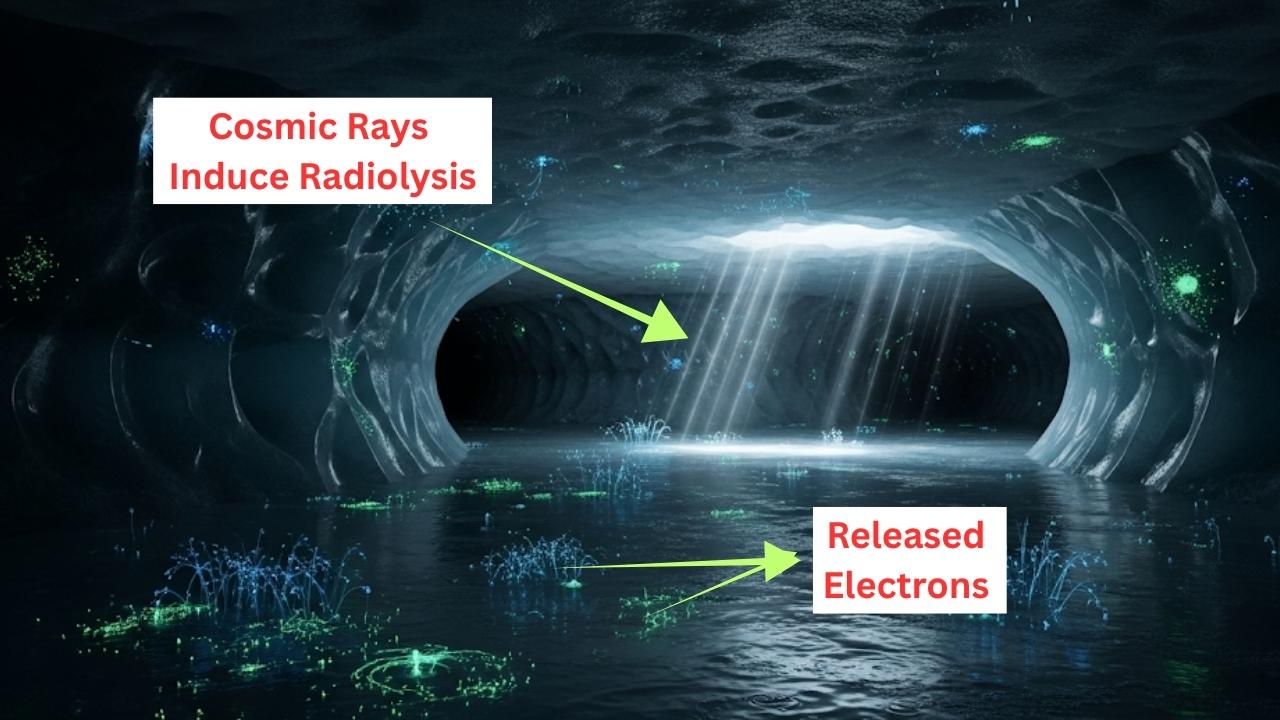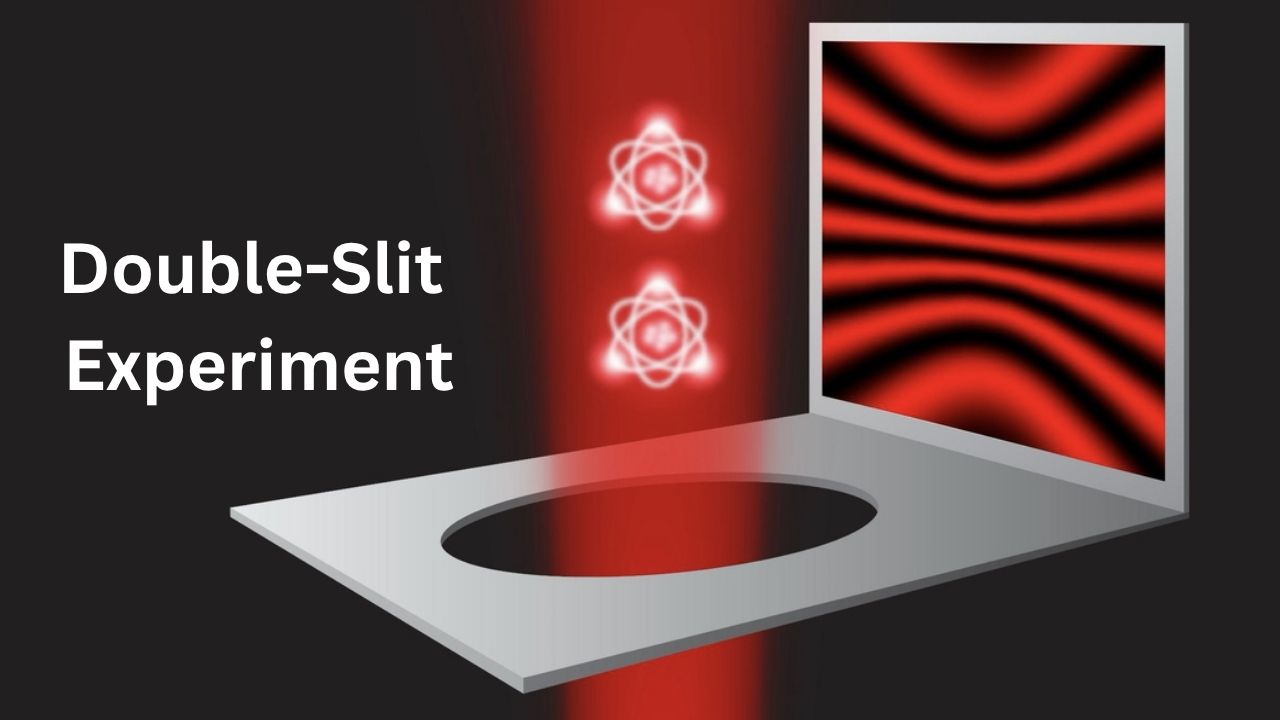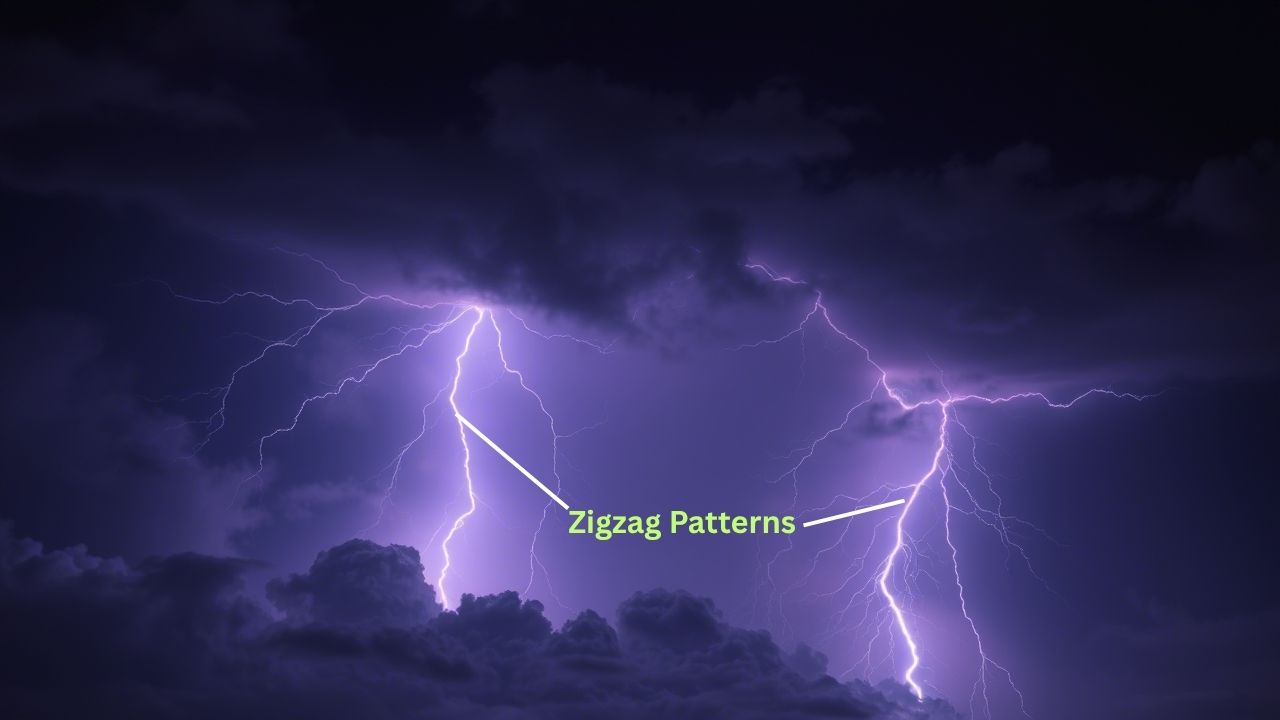Asteroid 2024 YR4 is a fascinating near-Earth object about the size of a large building, estimated at 53 to 67 meters wide—roughly the height of a 15-story building. While NASA has ruled out any significant danger of this asteroid impacting Earth itself, there is still an estimated 4% chance it might collide with the Moon on December 22, 2032. This possibility raises important questions about what such an impact could mean for the Moon, for Earth’s near-space environment, and indirectly for us here on Earth.
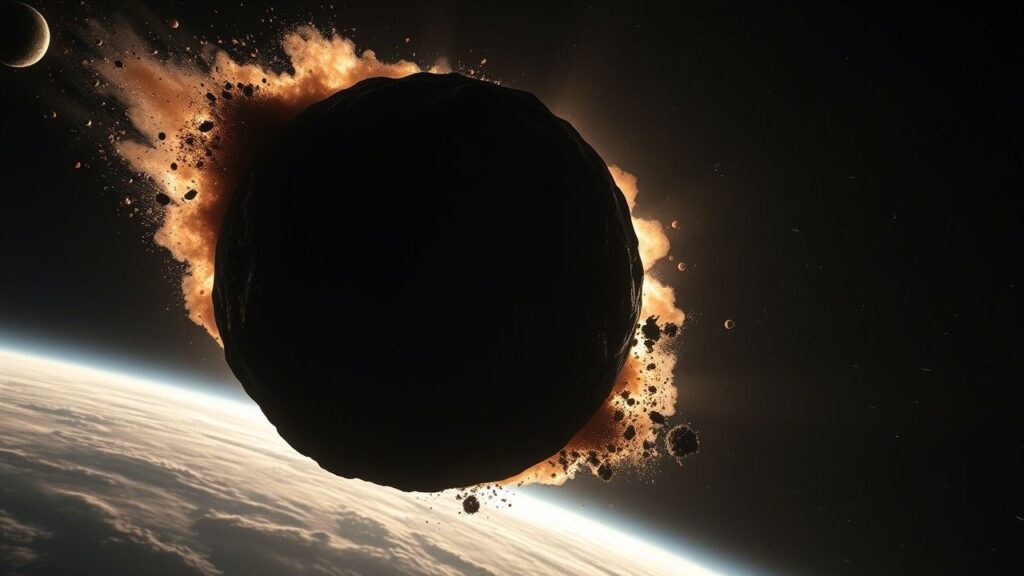
In this article, we’ll explore what an asteroid impact on the Moon would look like, how it could affect Earth’s space environment, and what scientists and space agencies are doing to monitor and prepare for such an event. Whether you’re a curious reader, a student, or a space professional, this detailed guide will give you an accessible yet insightful overview of this rare cosmic event.
If Asteroid 2024 YR4 Hits the Moon, Earth Might Feel the Shock
| Aspect | Details |
|---|---|
| Asteroid Size | 53 to 67 meters wide (about a 15-story building) |
| Predicted Lunar Impact | December 22, 2032, with approximately 4% chance |
| Impact Crater Size | About 1 kilometer (0.6 miles) wide, largest lunar impact in 5,000 years |
| Debris Ejected | Tens of millions to hundreds of millions of kilograms of lunar dust and rock |
| Potential Earth Effects | Meteor shower from lunar debris; increased risk of damage to satellites |
| Human Impact | No direct threat to life on Earth; lunar missions may face debris risk |
| Monitoring Tools | James Webb Space Telescope, ground-based observatories, NASA’s updates |
| Risk for Satellites | Possible damage due to debris in low-Earth orbit |
| Official Info Link | NASA Near Earth Object Program |
Asteroid 2024 YR4’s possible impact on the Moon in 2032 is an extraordinary event, presenting a rare chance to study large-scale lunar impacts firsthand. While there is no direct danger to human life on Earth, the collision would reshape the lunar surface, send debris into space that could challenge satellite operations, and possibly produce a meteor shower visible from Earth.
This event reminds us of the dynamic link between Earth and its Moon and the critical importance of vigilant monitoring, international cooperation, and preparedness to safeguard space infrastructure and future exploration.
By learning from such events, humanity can better protect our technological assets in space and deepen our understanding of the solar system’s evolving nature.
What Is Asteroid 2024 YR4?
Asteroid 2024 YR4 is classified as a near-Earth object (NEO), meaning its orbit brings it close to Earth’s neighborhood in space. When first discovered in late 2024, some observations suggested a potential Earth impact in 2032, but subsequent refined monitoring ruled that out. Instead, current orbital predictions estimate a small probability—about 4%—that it could impact the Moon instead.
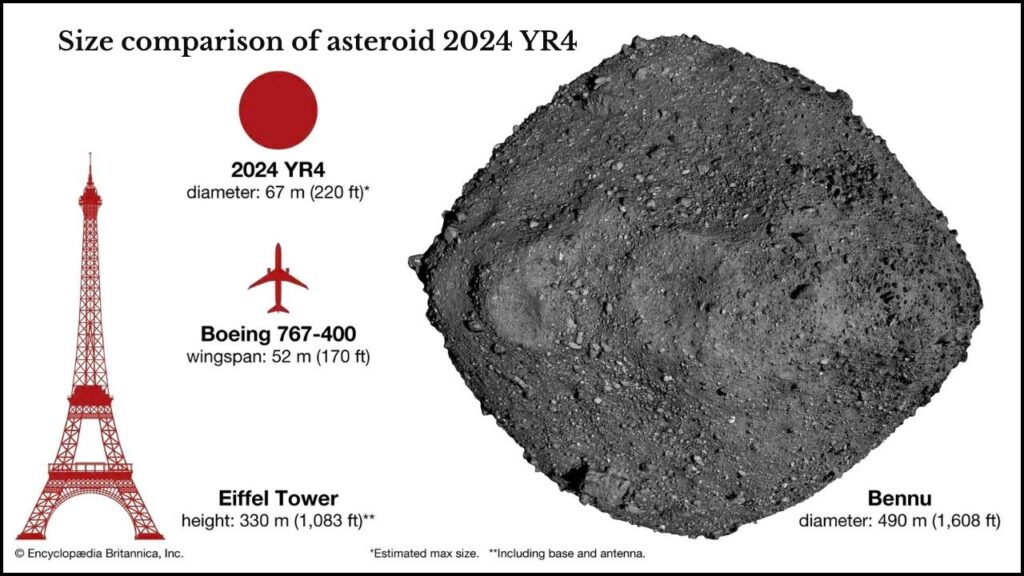
The Moon orbits Earth at an average distance of about 384,400 kilometers (238,855 miles), making it Earth’s closest celestial neighbor. Given this proximity, any large lunar event could influence Earth’s space environment, especially its satellites and space missions nearby.
What Happens If 2024 YR4 Hits the Moon?
Formation of a Large Crater
If 2024 YR4 strikes the Moon, the collision will create a crater approximately 1 kilometer (0.6 miles) wide—the largest lunar impact observed in roughly 5,000 years. For comparison, this crater size is similar to the famous Meteor Crater in Arizona on Earth.
This impact will release energy comparable to about 6 million tons of TNT, roughly equal to hundreds of times the energy released by the atomic bomb detonated over Hiroshima. The collision’s tremendous force would create a bright flash visible from Earth, lasting a few seconds and detectable with good amateur telescopes.
Ejection of Lunar Debris
The impact would blast out vast quantities of lunar dust, rock fragments, and debris into space — potentially tens of millions to hundreds of millions of kilograms of material. While most debris would fall back onto the Moon, a small fraction could escape the Moon’s gravity and travel toward Earth.
Due to the Moon’s lack of atmosphere, this ejecta would move in ballistic trajectories through space. The smaller debris particles — ranging from dust to pebble-sized fragments — could enter Earth’s atmosphere over days to months after the impact, producing a meteor shower spectacular enough to be observed in the night sky.
Impact on Earth’s Environment and Satellites
Earth’s thick atmosphere acts as a shield, causing most lunar debris particles to burn up harmlessly before reaching the surface. Therefore, there is no direct threat to human life or animals on Earth.
However, some of the debris could pose a significant risk to satellites in low-Earth orbit, where thousands of active satellites provide vital services such as GPS, internet, telecommunications, and weather monitoring. Estimates suggest that hundreds to thousands of impacts from millimeter-sized debris could occur among the satellite fleet over days or months following the impact.
While these impacts might cause damage and service interruptions, they are generally not expected to catastrophically break apart satellites or end missions. Still, this risk highlights our space environment’s vulnerability and the need for protective strategies.
Implications for Lunar Missions
Current and future crewed lunar missions, including NASA’s Artemis program, could face increased risks from flying debris. Astronauts on or near the Moon during or soon after the impact would need enhanced safety protocols. Space agencies will pay close attention to any debris cloud that forms and plan mission activities accordingly.
The Science Behind Lunar Impacts: Understanding Our Cosmic Neighborhood
The Moon’s surface acts as a natural record of asteroid and comet impacts stretching back billions of years because it lacks the erosion, weather, and geological recycling processes that erase craters on Earth. Lunar crater studies inform scientists about the solar system’s history and near-Earth object activity.
Noteworthy facts include:
- The South Pole–Aitken Basin, the largest known lunar impact basin, formed about 3.8 billion years ago during heavy asteroid bombardment.
- The current impact frequency on the Moon is relatively low but not negligible, with small impacts happening yearly and larger ones spaced by thousands of years.
- Studying impacts like the one potentially caused by 2024 YR4 helps scientists refine impact models, improve predictions for Earth, and plan planetary defense measures.
How Do Scientists Track and Predict Impact Events?
Tracking NEOs like 2024 YR4 involves a combination of sophisticated tools and techniques:
- Ground-Based Surveys: Large telescope arrays continuously scan the sky to identify and monitor asteroids.
- Space Telescopes: Instruments like NASA’s James Webb Space Telescope provide high-precision infrared observations to determine asteroid size and orbit, improving predictions.
- Orbital Simulations: Researchers use computer models to simulate asteroid trajectories and impact probabilities for Earth, the Moon, or other solar system bodies.
- Lunar Impact Monitoring: Observatories focus on detecting lunar impact flashes in real-time, helping validate asteroid strike predictions and quantify impact energies.
Thanks to these efforts, scientists can issue early warnings, improving preparedness for possible impacts years or decades in advance.
Practical Advice for Space Agencies and Satellite Operators
- Enhance Surveillance: Continue refining asteroid tracking and orbital predictions for timely risk evaluation.
- Mitigate Satellite Risks: Develop protocols for maneuvering or shielding satellites to reduce debris collision damage.
- Adjust Lunar Mission Plans: Incorporate impact risk assessments into crew scheduling, habitats, and spacecraft design near the Moon.
- Communicate Clearly: Maintain transparent public communication, reassuring that risk to human life is minimal but emphasizing the importance of space situational awareness.
Did Life Come From Outer Space? Scientists Say the Clues Are Adding Up
Astronomers Witness the Birth of a New Solar System: A Once-in-Human-History Discovery
China’s Tianwen-2 Returns Earth, Moon Images as Land Team Simulates Lunar Lava Cave Probe
FAQs About If Asteroid 2024 YR4 Hits the Moon, Earth Might Feel the Shock
Q1: Could an asteroid impact on the Moon affect Earth’s climate?
No. The debris reaching Earth would be too small and sparse to alter climate. Earth’s atmosphere burns up most fragments harmlessly.
Q2: How often do asteroids hit the Moon?
Small impacts occur frequently, multiple times per year. Large impacts, like the potential 2024 YR4 event, are rare, happening over millennia.
Q3: Can lunar impacts trigger earthquakes on Earth?
No. The Moon’s impacts and ejecta do not generate seismic effects on Earth.
Q4: What if 2024 YR4 hits Earth instead?
This possibility has been ruled out for 2032. An Earth impact would be far more dangerous and require different precautions.
Q5: How is NASA preparing for asteroid threats?
NASA’s Near Earth Object Observations Program actively detects, tracks, and assesses asteroid risks, working globally with partners to plan mitigation.




